Our furred feline friends, famously known as cats, are absolutely adored! They're the apple of our eye in so many corners of the globe.
With their purrfect companionship and their uncanny knack of spreading bundles of joy wherever they traipse their little paws, these little tykes are just too hard to resist! What can cats eat? That is the question we will try and answer in my post today.
Alrighty, folks know this – our house cats, or domestic cats, are total meat lovers, or, as we science folks like to call 'em – obligate carnivores. This is simply a fancy way of saying that these adorable furballs need diets packed with animal-sourced protein.
Now, put a dish of fish in front of a cat and, oh boy, she's likely to pounce on it like there's no tomorrow!
Most kitty guardians are privy to this fishy love affair. You'll often see our feline friends, tails held high, purring in delight whilst nibbling at tiny chunks of fish!
Remember though, our moggies can't live by fish alone - it’s only half the tale! Mixing up the menu perks up their diet! They are like little lions and wouldn’t give chicken, beef, or that aromatic turkey a miss too!
And, we can’t forget the good ol' canned whisker munch and dry crunchies! Quality wet and dry cat food, which is, and this is important folks, certified as “complete and balanced” for cats, is the cat's whiskers - no pun intended.
Cupboard love, or puddy cat, these kibbles pack a nutritious punch for our feline housemates!
Meat Lovers' Delight: Cat Food Edition
Right folks, let's pull the curtain up on canned wet foods - a kickass solution for those who prefer giving their cats human-grade food options while also ensuring they get the vital pointers from their feline dietary chart.
Unfortunately, 'everything under the sun' doesn't quite work here - not all commercial pet food is cut out for your little tiger. But don't break a sweat; we've got choices aplenty.
Delving into the 'Canned Wet Foods'
With whooshing into a new chapter, let's get our mittens on canned wet foods.
These kitchen cabinet essentials are a big hit among the pet parent club, probably because they're all about incorporating the best of both worlds - human-grade food with the healthiness of specialized cat grub.
The cool part about these canned cuisine is the stress-free fresh-keeping and a lower chance for any pesky food-borne bacteria to set up their camp.
But hold those horses, not every canned goodie labelled "cat food" is really your feline friend's best choice.
Cat-parenting 101 here: Read those labels carefully to make sure your kitty gets a meal filled to the brim with protein and fiber. Dodge the bullet of serving bread and raw dough, heck, even some berry-popping fruits maybe.
Remember folks, our furballs are known to be quite the picky eaters - a little change here and there to their food palette wouldn't go amiss.
Change is the spice of life after all, but take baby steps and don't rush your whiskered companion into a gourmet havoc!
Meat Treats: Dehydrated and Freeze-Dried Edition
Picture this - your kitty living it up with a fresh-off-the-block, human-grade meal.
Sound dreamy?
Well, that's what Dehydrated and Freeze-Dried meats bring to the table! We're talking top-notch poultry and goodness like chicken, turkey, beef and - cat favorite, fish!
These proteins are either freeze-dried to lock in all the good stuff or dehydrated for easy storage and lightweight convenience. Perfect for adventurous wanderlust-driven felines or fellas taking up residence in cozy nooks.
Plus, this meaty abundance doesn’t take a chunk out of your wallet – it’s kinder on the finances than many other meaty cat feasts.
These meat marvels aren't just meal tickets, oh no!
They double for kitties as scrumptious nibbles between meals. As your cat crunches away at this delightful texture, they'll be tucking into a treasure trove of essential nutrients - proteins, a cocktail of vitamins, and minerals.
These diet-friendly morsels are a boon for cats dealing with weight or urinary issues. They're an effective way to check that expanding waistline, and can lend a paw in nipping any nasty skin problems looming in the background.
So, next time you're in the pet food aisle, think Dehydrated and Freeze-Dried Meats, think happy, healthy kitties!...
I’m Sara and I’m a writer and a cat lover. I understand how cats have the tendency to eat any food they can find, even if it’s not good for them.
It’s up to all cat owners to make sure our feline friends don’t eat any food that may be harmful to them.
Both humans and pet cats regularly require a steady diet that is high in water and proteins and they mostly need wet food, but that's about where the parallels end for the most part.
Compared to dogs, cats have very distinct nutritional requirements, and several types of human meals can be seriously harmful to them, resulting in stomach disorders as well as vitamin deficiency, anemia, and perhaps even fatal illnesses.
Several regular meals can be exceedingly toxic to pet cats, and if consumed in abundant amounts and on a continuous basis, they can lead to severe sickness.
Inflammation, obesity, abdominal pain, bladder, and urinary tracts difficulties, as well as liver or kidney damage, are just a few of the issues that might arise. Certain types of food, on the other hand, can be hazardous and even lethal in certain circumstances.
Even if the aroma of your food sizzling on the stove may pique the interest of your inquisitive cat, it's critical to understand how the components may influence their health before serving it to them.
The list below lists all of the toxic foods that your cat should avoid at all costs.
You must be wondering what can cats eat or which human food is the most suitable one?
Here is the list of 23 human foods you can safely feed your cat.
What Food Can Cats Eat?
There are a number of food items that your pet cats can eat without any problems.
However, the majority of the foods on this list must be given to your cat as snacks in addition to his or her usual cat food diet.
This should not exceed 10% of your cat's daily calorie consumption.
Introduce different foods gradually to gauge your cat's reaction.
If no adverse effects such as diarrhoea or vomiting occur, gradually raise the dosage.
The Fruit Basket
Pet cats can consume a majority of fruits with some health benefits, but only in modest amounts.
The main reason behind it is that fruits contain a lot of sugar and may cause your cat to gain weight.
It may also develop diabetes in your pet cat if not given in a moderate quantity.
Additionally, keep in mind that fruits should be washed before feeding them to your cat.
It is also important to remove any bits that your pet cat may not easily chew or even swallow, such as the peel and seeds.
Among the fruits that cats can consume are the following:
1. Apples
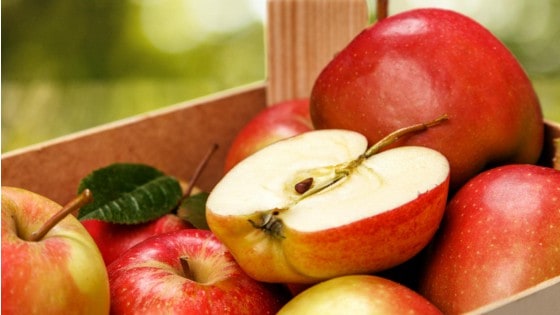
Apples are one of the most healthy fruits for cats as they are a vitamin, soluble fiber, and antioxidant powerhouse.
They are safe to feed your cats in moderation.
However, make sure that you remove the peel as well as seeds completely, as they may contain trace levels of cyanide, which may be poisonous to your cats.
2. Bananas
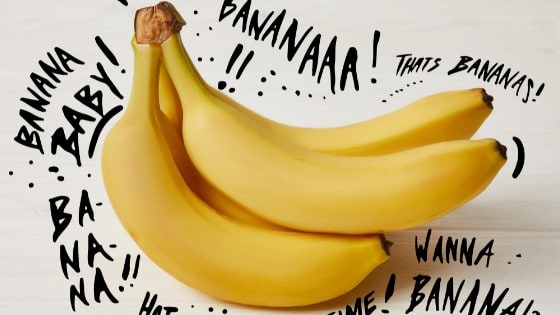
Bananas are another human food your cat can eat since they are high in fiber and a good source of potassium, as well as a variety of other essential nutrients.
They are, however, quite high on sugar.
This means that Bananas should be given in limited amounts; treats such as bananas should account for no more than 10-15% of your pet cat's regular diet.
3. Blueberries
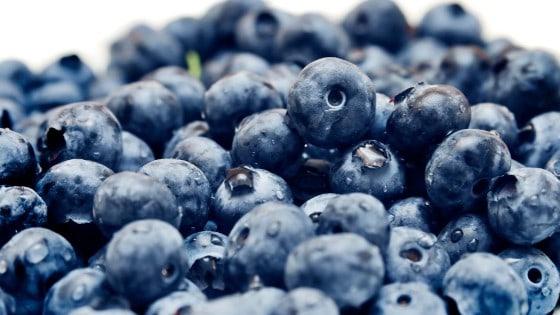
Blueberries are another type of fruit you can feed your cat.
Since they are high in vitamin C and some antioxidants, blueberries protect human and animal cells against oxidative damage and decrease the occurrence of urinary tract infections.
You can feed Blueberries to your pet cat as a small snack or as a reward food in moderation.
4. Pears
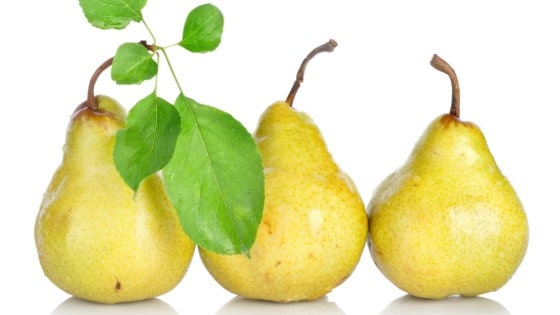
While pears contain a lot of sweetness, they also include vitamins and nutritional soluble fiber that help protect your pet cat from viruses and cancer.
Feed it sparingly and always remove their peel and seeds before feeding your cat.
As with apples, the seeds of the pear possess substances like cyanide, which can turn out to be toxic to your cats.
5. Strawberries
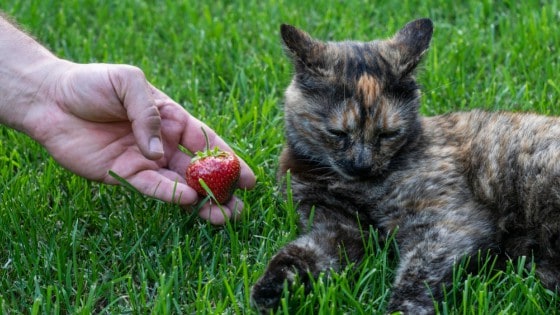
Strawberries can be consumed by cats as a balanced cat food.
You can use fresh, frozen, or pureed strawberries to feed your pet cat.
A tiny amount of Strawberries, which are high in vitamin C, potassium, and fiber, will help boost your pet cat's immune system.
6. Cranberries
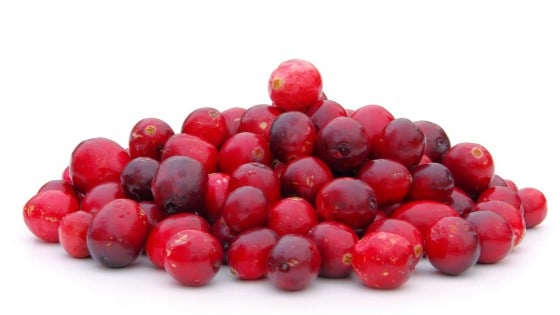
Cranberries are an excellent source of vitamin C, magnesium, and fiber.
You may offer your cat a few cranberries cooked or raw, but avoid cranberry sauce or juice, which are high in carbohydrates and may cause stomach upset.
7. Raspberries
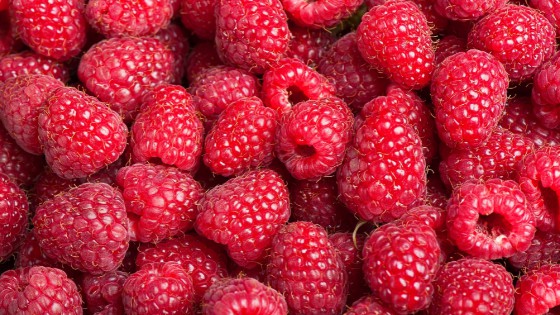
Raspberries are considered to be a high-quality cat food.
In addition to being high in dietary fiber as well as low in sugar, raspberries have anti-inflammatory characteristics, making them an excellent treat for cats, particularly senior cats.
It should be noted, however, that raspberries have a high concentration of xylitol, a natural sweetener known to be toxic to pets such as cats.
Because the percentage of xylitol in raspberries is low, they should be consumed in moderation and only on occasion.
8. Watermelon
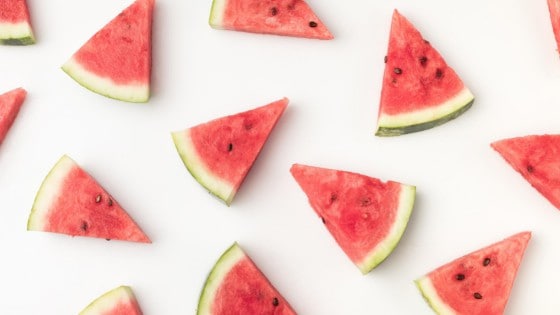
Watermelon is high in vitamins A, B, C, and potassium and contains more than 90% water, which benefits your pet's body's water balance.
Other forms of melon, such as cantaloupe and honeydew, are also acceptable for cats to consume.
You can feed them in tiny quantities, but remember to remove the exterior hard skin and seeds.
9. Pineapple

Pineapple is a vitamin and mineral powerhouse that is extremely good for the immune and digestive systems for cats.
In a way it means that it can relieve digestive discomfort for them.
However, because of the high sugar content of this tropical fruit, it should be fed in tiny amounts after removing the peel and the hard parts.
10. Pumpkin
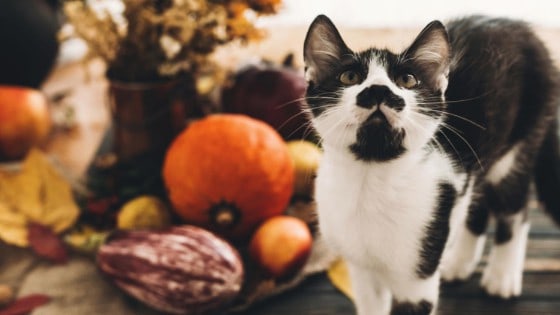
Pumpkin is completely safe for cats to consume if the outer peel and seeds are removed.
Indeed, adding two or three spoons of cooked pumpkin puree to your cat's diet will help alleviate constipation and diarrhoea in cats.
The Vegetable Bunch
Most of the cats are meat-eaters, and they obtain most of their essential nutrients from animal protein.
The fact indicates that their digestive tracts may not be well equipped to handle fruits and vegetables.
If certain vegetables, on the other hand, can be adequately fed in small amounts and on an as-need basis, they include essential nutrients that are lacking in meat.
On account of their high water content, reduced-fat composition, and reduced-calorie level, they may be especially good for overweight pet cats.
Let's look at certain veggies that are cat-safe:
11. Carrots
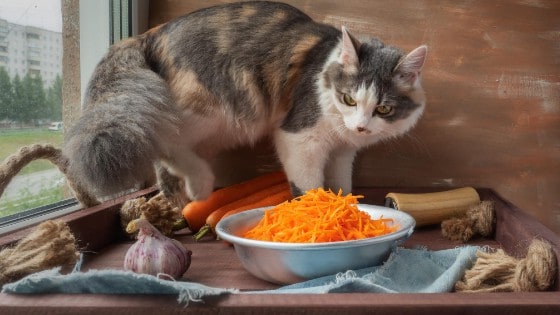
Carrots contain a lot of beta carotene, which is good for your cat's eyes and coat, among other things.
This orange vegetable is safe to feed to your cat as long as it is sliced and served to minimise the likelihood of it choking on the vegetable pulp.
12. Cucumbers
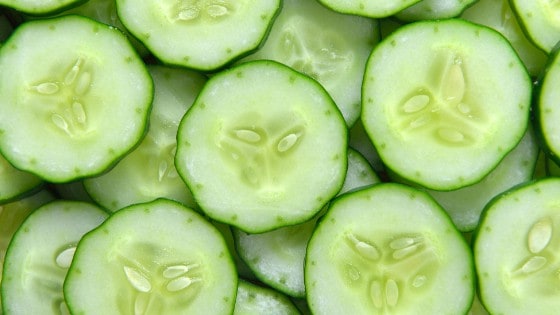
Due to their high concentration of vitamins C and K, as well as minerals such as magnesium and water, cucumbers make for an ideal snack for your overweight pet cats.
Peel the veggies and cut them into little strips before feeding them to your pet cat.
13. Celery

Celery is packed with nutrients and fiber, making it a good choice for your pet cats who have digestive issues.
This crunchy vegetable contains antibacterial characteristics, which may be beneficial to your pet cat if he or she has kidney disease.
Additionally, due to its high water weight, it can be used as a snack or reward for your overweight cat who is following a restricted diet program.
14. Green Beans
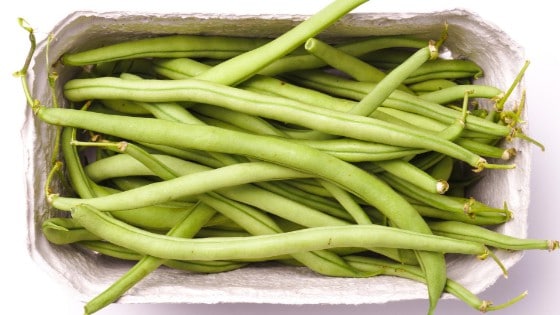
In addition to being high in iron as well as protein, green beans are also low in calories, making them a good option for your overweight pet cats.
A teaspoon of fresh, tinned, or frozen beans can be appropriately added to your pet cat's regular meal without causing discomfort.
In the meantime, if you're feeding canned beans, ensure that they're not high in sodium.
15. Lettuce
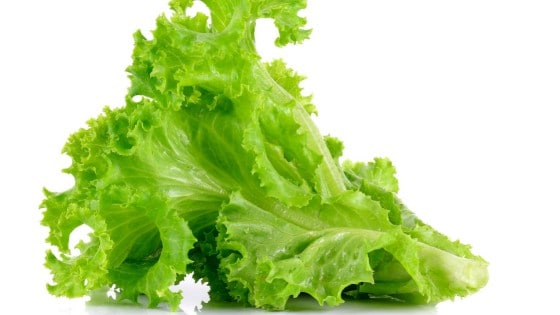
Apart from providing vitamins A and K, folate, and soluble fiber, lettuce is also low in calories and exceptionally high in hydration, making it an excellent choice for your pet cats who do not get sufficient water from typical forms of nutrition.
This leafy vegetable must be thoroughly cleaned before serving and therefore should be cut into little pieces to avoid choking the cat.
Moreover, cats benefit from lettuce since it is an excellent source of amino acids.
16. Broccoli

Broccoli is not only tasty vegetable but it is also safe for your pet cat to eat. It's extremely easy to prepare and contains a lot of antioxidants.
Broccoli is also considered to be a very good source of roughage that helps your cat with improved bowel movements and a healthy digestive system.
17. Meat
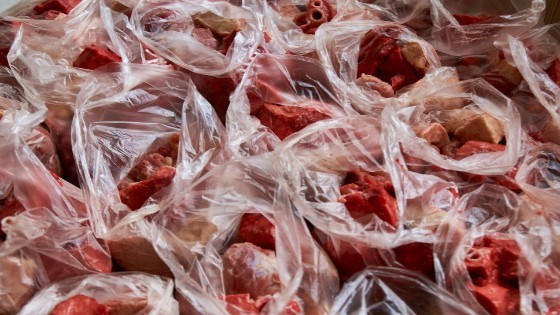
Food for cats, such as meat, is a great source of high-quality lean protein and amino acids, and it serves as their main nutritional supply, especially the essential protein.
Since cats are meat-eaters, they love and enjoy to eat meat.
Almost any form of cooked meat, including lean meat, is safe to feed to your pet cat as long as it is cooked correctly and without any additional sauces as well as seasonings added to it.
Choosing boiled, roasted, or baked meat is preferable instead of offering it fried, which is high on fat and increases its calorific intake.
So, it should be avoided at all costs.
In addition, be certain that the meat is cooked thoroughly enough to kill any bacteria or viruses that could be present in it.
18. Fish
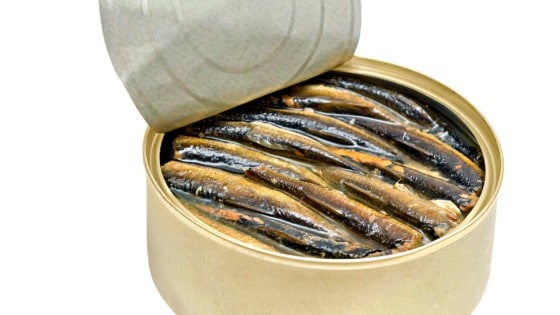
Fish contains a variety of nutrients, including vitamins, minerals, and essential fatty acids.
Rather than boiling raw fish and cutting it into little pieces, the simplest method is to prepare raw fish and avoid cooked fish for your pet cat.
And the best way is to simply serve it straight.
Consider wild-caught fish over farm-raised fish, and take off the skeleton as well as bones with extreme care to avoid contamination.
You can also choose tinned fish, such as tinned tuna. Canned tuna is widely regarded as one of the healthiest fish for pet cats.
19. Shrimp
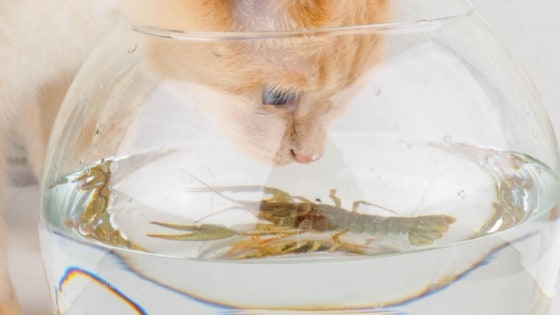
Shrimps are good for the overall health condition of your pet cat.
Calcium, phosphate, protein, and omega-3 fatty acids are found in abundance in shrimp.
It's good for your cat's heart health as it can avoid any heart disorder situation for your cat.
Moreover, it can also help keep his or her fur healthy.
Cooked shrimp can be included in your pet's food on occasion, but it should not be served on a daily basis.
20. Eggs

The consumption of eggs is healthy for cats provided they are prepared appropriately.
Eggs can be used as healthy snacks for your canine friend.
Eggs are an excellent source of protein (scrambled or boiled).
Never give your cat raw eggs since they may carry certain infections and viruses such as E. Coli and Salmonella that are harmful to them.
21. Grains and Cereals
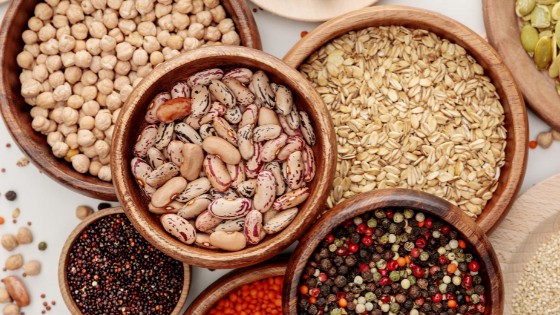
Cats do not require any carbohydrates in their meals for proper body functioning.
The use of unprocessed whole grains as well as wheat cereals, on the other hand, may be advantageous to them in terms of essential nutrients such as fibers, protein, and iron.
Once again, they should be offered as a special treat rather than as a daily staple.
22. Oatmeal

Oats are an excellent choice for your pet cat's diet as it is a great source of both soluble fiber and iron which are both needed for your pet cat's general health and well being.
Additionally, you can apply them directly to the skin of your cat to alleviate skin-related problems.
23. Rice

Cats are obviously carnivores, which implies they are designed to eat primarily meat and are unable to digest grains.
Cats, unlike humans, do not require carbs in their diet.
Certain commercial cat foods contain grains such as rice, but only in trace amounts to bulk up the food.
This means that cats can consume rice but only in modest amounts.
Rice's high fiber and nutritious content may aid in the treatment of stomach upset problems and diarrhoea in cats.
And since it is non-toxic, a small amount in their food may not create any problem for them. However, you may not like to feed too much as it is not a vital part of their diet.
If you are feeding your cat with a comprehensive and balanced cat food, rice may probably not add any additional nutritional benefits.
The Takeaway
While the majority of food groups contain some items that are healthy for your feline friend, however, there are foods that cats not eat such as dairy products and wild mushrooms.
If you feel that your pet cat has consumed some human food item that is toxic, I would suggest to consult your veterinarian immediately.
While tiny doses may not cause harm in some circumstances, greater concentrations may require immediate care and attention.
Always bear in mind that some meals and even healthy treats should be used sparingly and should not account for more than 10% of your cat's daily calorie intake.

